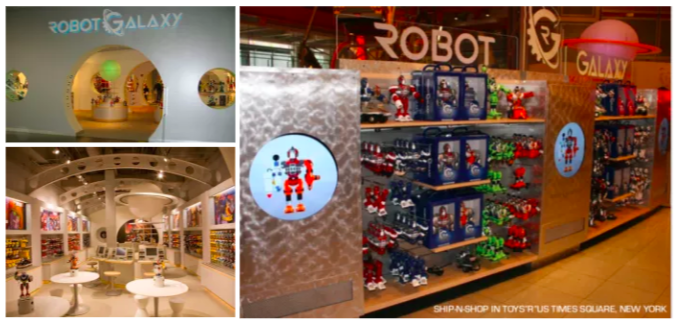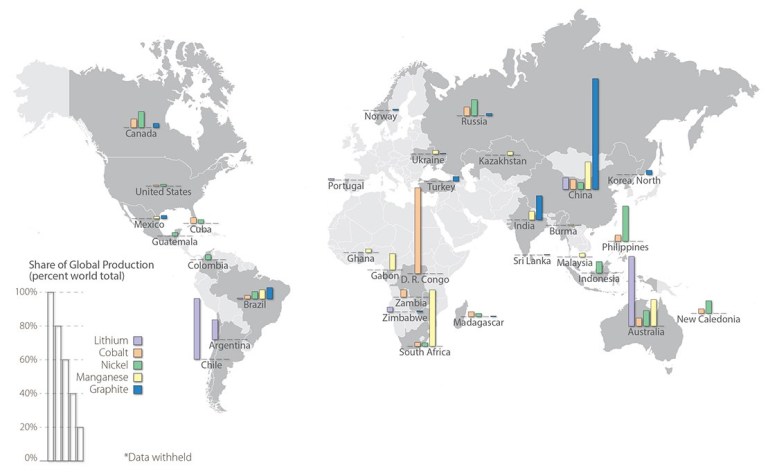The shock ripped through the industry, on almost every social media platform techies were bemoaning the loss of Anki. As a former robo-toy maker, I read the epitaph months earlier in the title of Lara Sorokanich’s Medium post, “Anki’s AI Robot Is a Delightful (and Expensive) Desk Toy.” When asked this week to comment, I could only lean on my experiences in founding, and eventually shuttering, RobotGalaxy.
My startup was launched in 2006 to address what we believed was an underserved retail market – boys. The build-your-own robot concept opened to roaring fanfare reviewed on almost every news broadcast and morning show, driving stratospheric opening sales. The experience combined so many different educational mediums, such as Science, Technology, Engineering and Mathematics (STEM) as kids transformed into galaxy explorers in constructing, programming and launching their very own mechanical buddies, supported by a virtual world and rich comic book backstory. So, what happened that led to its closure in 2012?
After the economic downturn in 2008, we had to face the reality that robot toys fall low on Maslow’s “Hierarchy Of Needs.” This actualization unveiled the most important lesson learned that is applicable to Anki. Starting a toy business without marketing is next to impossible (and ultimately a waste of good money). As much as Anki was brilliant (and aimed mostly at adults) it was ultimately merchandised and viewed as a very costly unknown gadget without a movie. In the world of Marvel Avengers, almost every action figure and plaything is connected to a media property. Even LittleBits and Sphero licensed Star Wars characters to drive revenues. In retrospect, it would have been a better use of Anki’s $200 million to develop an entertainment property behind Cozmo and Vector before stocking inventory. While my schooling came at a smaller price tag, I swore to myself after RobotGalaxy that my next venture would be as vital as air.
Thinking about mission-critical technologies, as I pen this piece my iPhone’s battery is blinking red. So many unmanned systems are dependent today on lithium-ion batteries from robots to drones to autonomous vehicles. This is driving an enormous demand to mine more of the mineral, which negatively impacts the environment and depletes natural resources. According to the 2015 US Geological Survey, “the world has enough known [lithium] reserves for about 365 years of current global production of about 37,000 tons per year.” However, this figure is based upon the usage four years ago, whereby only a third of lithium was utilized for batteries. Re-estimating the figure to include future projections of electric vehicles, especially with Elon Musk’s Gigafactories coming online, the report states that “Current demand will shoot up, way up, if these revolutions do happen. The 100 Gigafactories scenario could come true. And if that happens, the 365-year supply would be less than a 17-year supply.” In addition to the conservationist argument, lithium-ion is inefficient. As an example, recharging one’s Tesla at their supercharging station takes 40 minutes, compared to five minutes at the pump for a combustion engine.
However, today we are on the cusp of major discoveries that promise to save the planet. Starting back in 2004, at the University of Manchester, a breakthrough new energy source was found inside the common pencil. Graphene is 200 times stronger than steel and more conductive than any other known carbon-based material. Up until recently, it was layered within graphite and unable to be isolated into single layers. Then Dr. Andre Geim and his team were able to break it apart and conduct electricity through it. “For decades graphite was used by researchers as a kind of ‘philosopher’s stone’ that can deliver all probable and improbable phenomena including room-temperature superconductivity. Our work shows what is, in principle, possible in this material, at least when it is in its purest form,” exclaimed Dr. Geim.
Twelve years later, researchers at the University of Arkansas took Dr. Geim’s work to the next level by creating a battery methodology to turn graphene into an unlimited supply of clean energy. Dr. Paul Thibado and his lab started to harvest energy from graphene by placing the material within a scaffolded grid of copper to produce ripples of electric current. In explaining the innovation, Dr. Thibado said, “This is the key to using the motion of 2D materials as a source of harvestable energy. Unlike atoms in a liquid, which move in random directions, atoms connected in a sheet of graphene move together. This means their energy can be collected using existing nanotechnology.” Thibado’s technology is micro-small as the graphene demonstrated only measures 10 microns across, enabling 20,000 pieces of graphene to fit on the head of a pin (hence, less mining). This means a tiny graphene membrane could power an Apple watch forever, without ever being charged. Thibado calls his technology the “Vibration Energy Harvester” a self-charging power source for the future. The professor is aiming to take his innovation to the healthcare space as “Self-powering enables smart bio-implants, which would profoundly impact society.”
While still early in its development, graphene batteries are starting to be integrated into next-generation electronics and vehicles. Recently, Chinese manufacturer Dongxu Optoelectronics unveiled its “graphene supercapacitor” that is the size of a laptop battery that transforms hours of charging time into minutes. Spanish startup Earthdas plans to market later this year its own battery for e-bikes and motorcycles boasting of a 12x faster charging time than current lithium-ion batteries. One of the most exciting use cases for this innovation is incorporating graphene into the bodies of automobiles. A French company, Nawa Technologies, is already working on developing flexible polymers or coatings that are built directly into a vehicle’s chassis. As the company’s CEO, Ulrik Grape, boasts, “In a way, it will be like having a battery-free car.” Further validating Grape’s statement, Lamborghini partnered with the Massachusetts Institute of Technology to develop a graphene-enhanced supercapacitor built directly into its car body.
The demise of Anki and RobotGalaxy should be seen as part of the natural maturity of the industry, enabling for ground-breaking inventions to push the entire ecosystem further. Who knows, perhaps the doctoral students working on graphene today were inspired by the robot toys of their youth? Then again, it could have been Tony Stark who gave them the idea of alternative energy in the first place?








